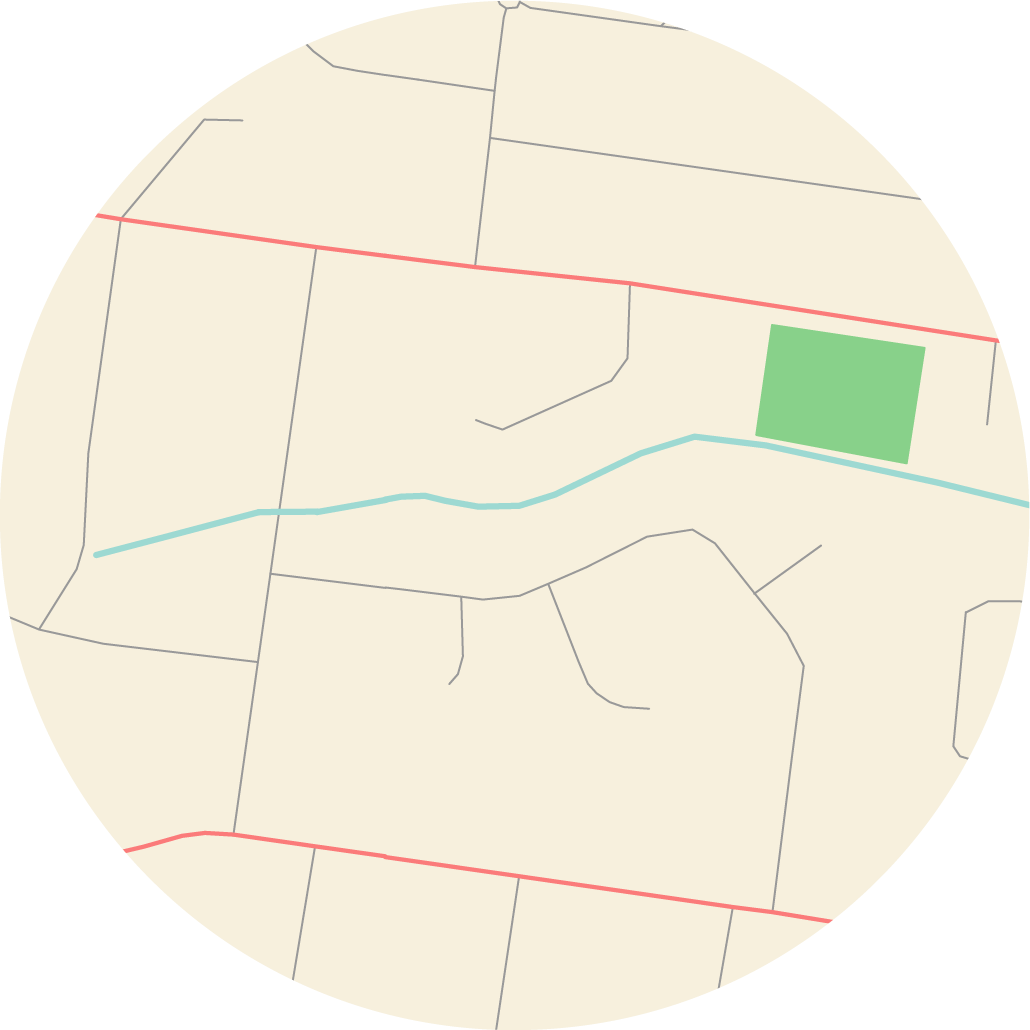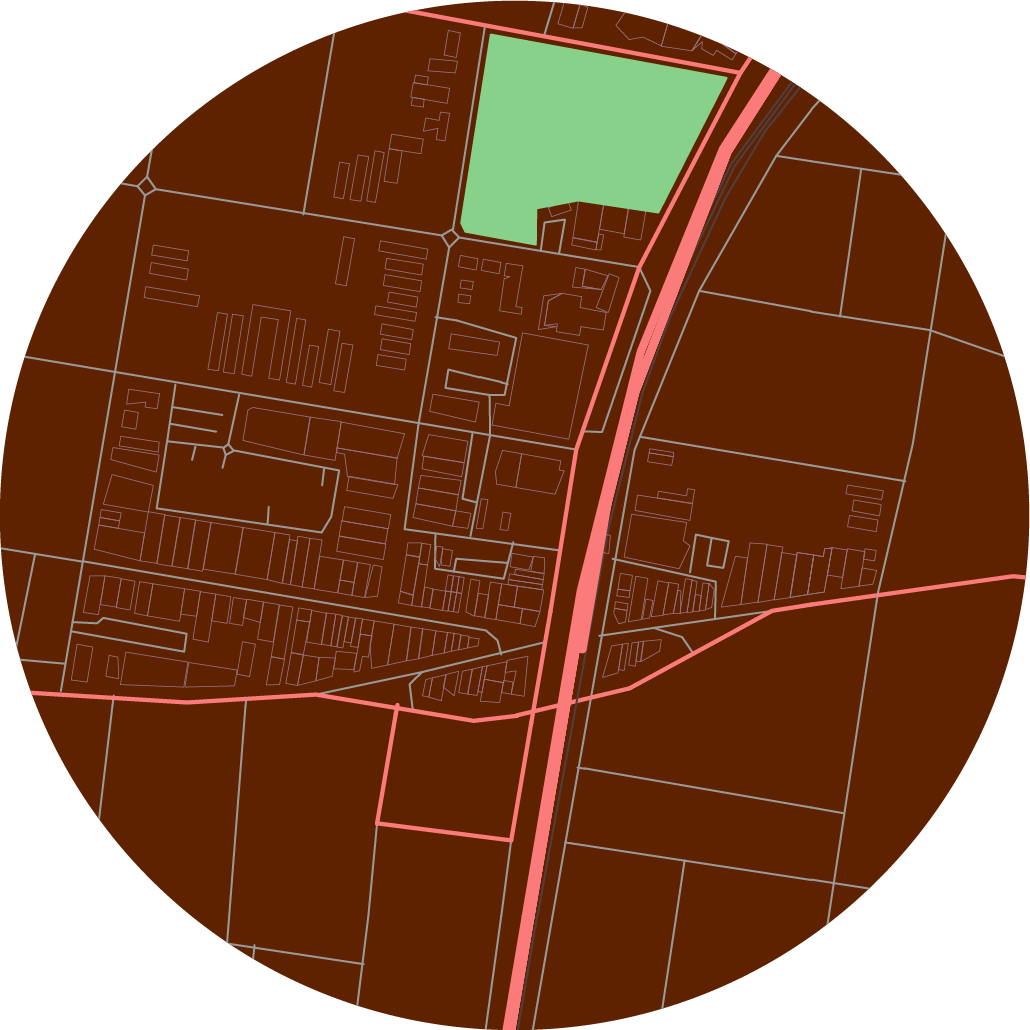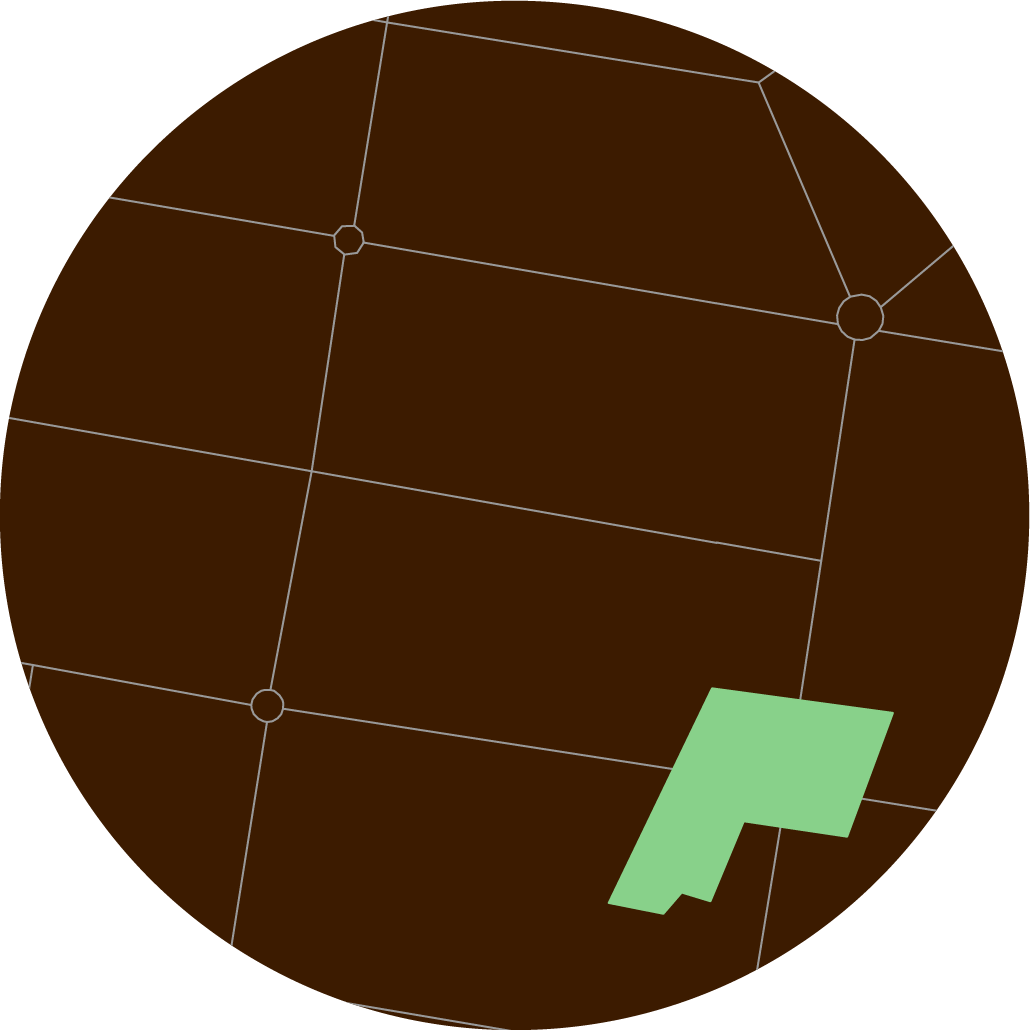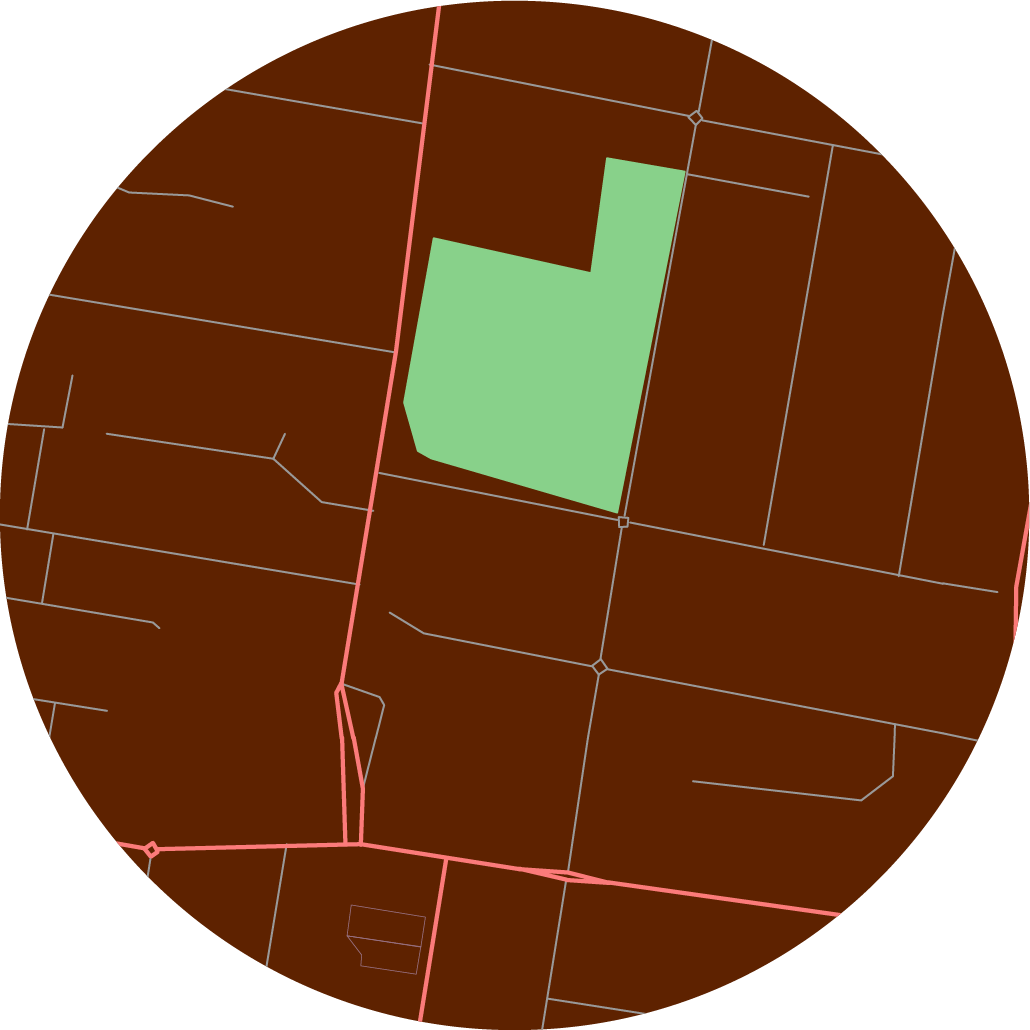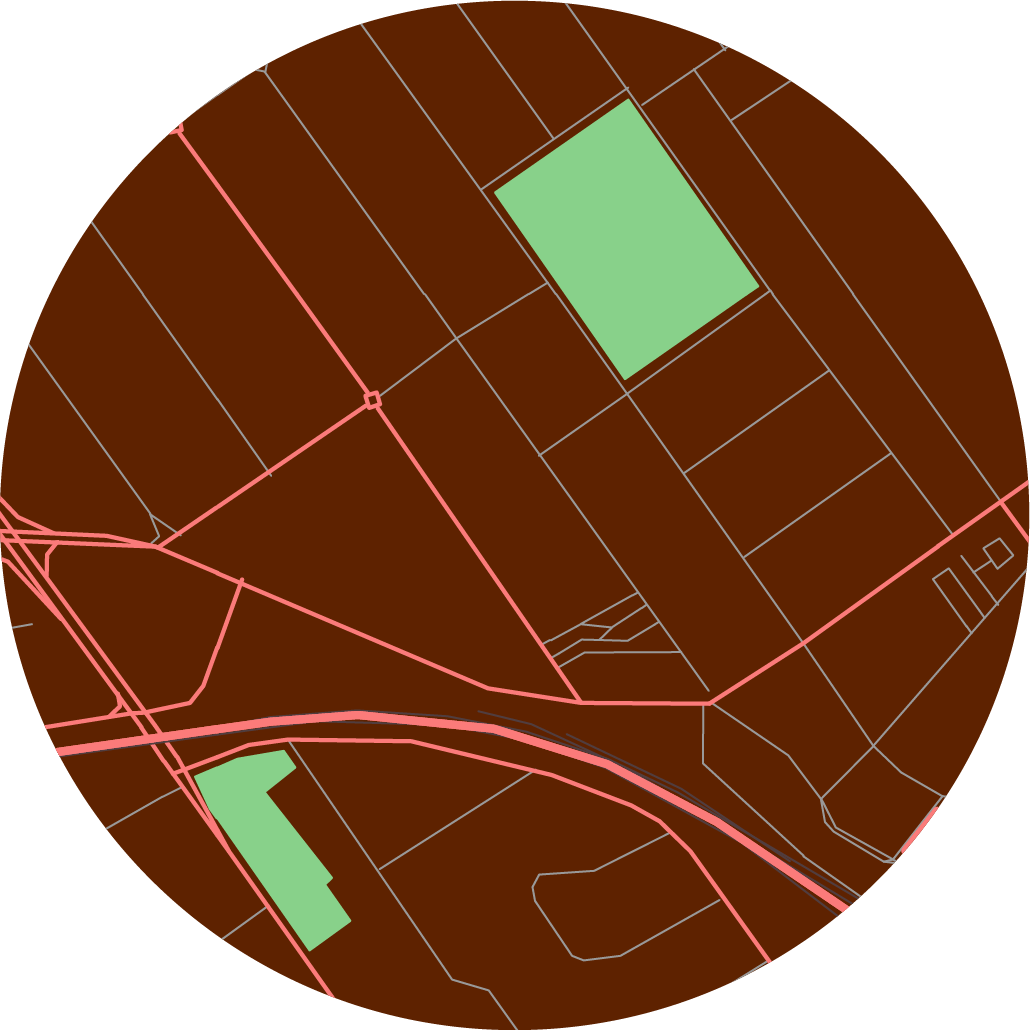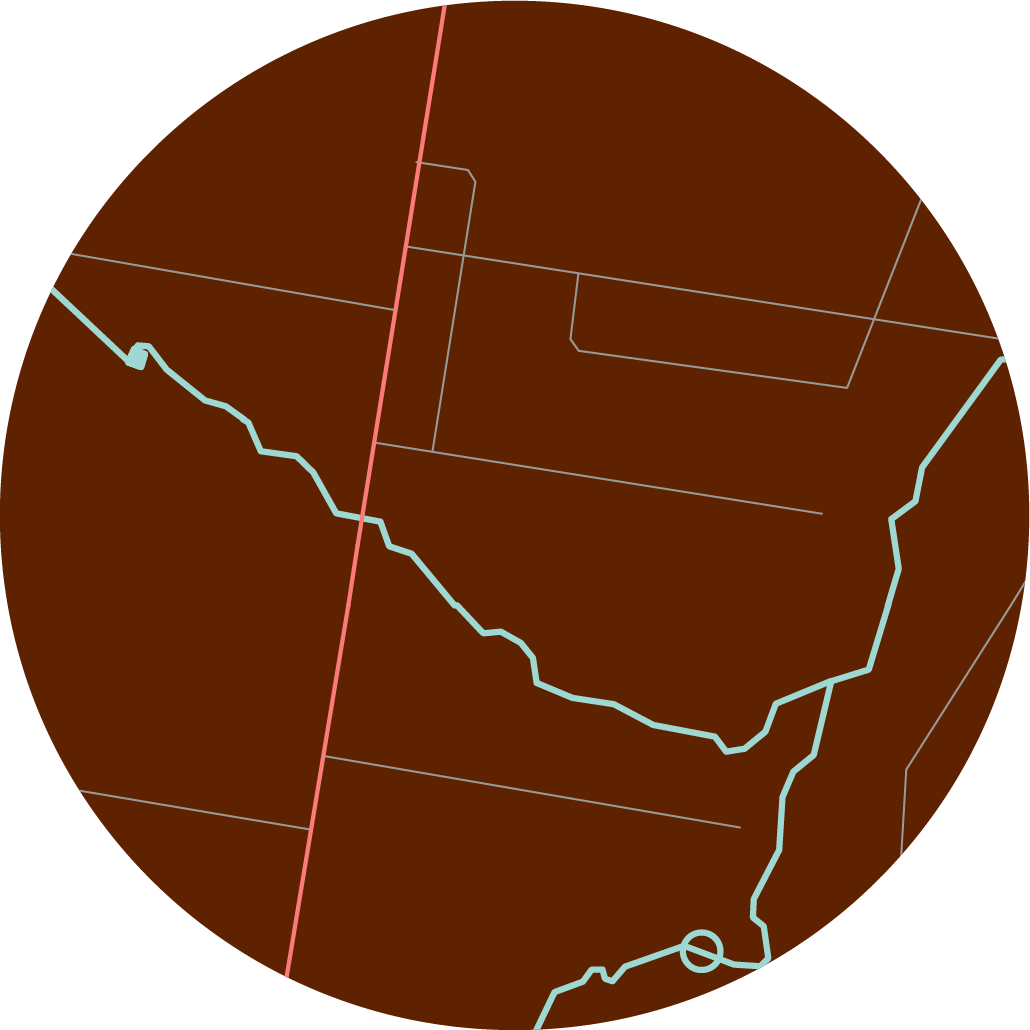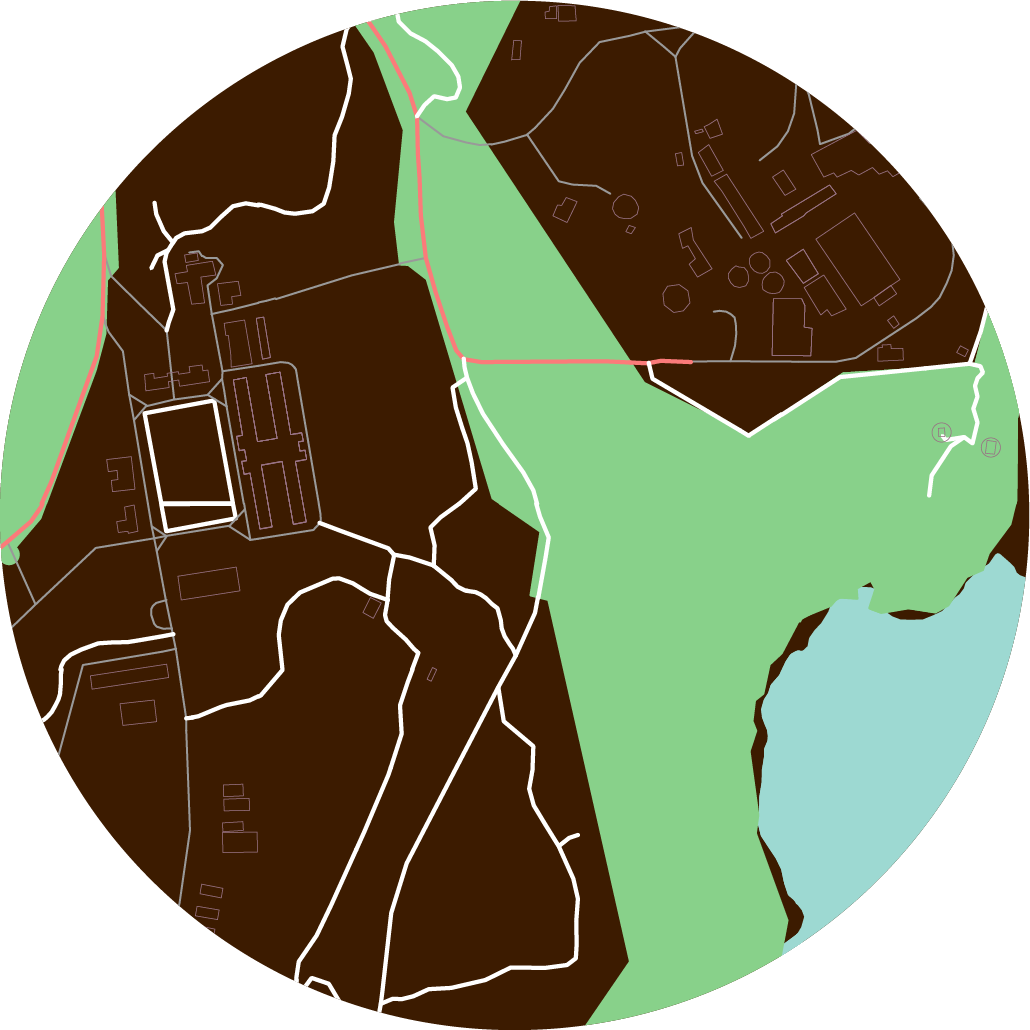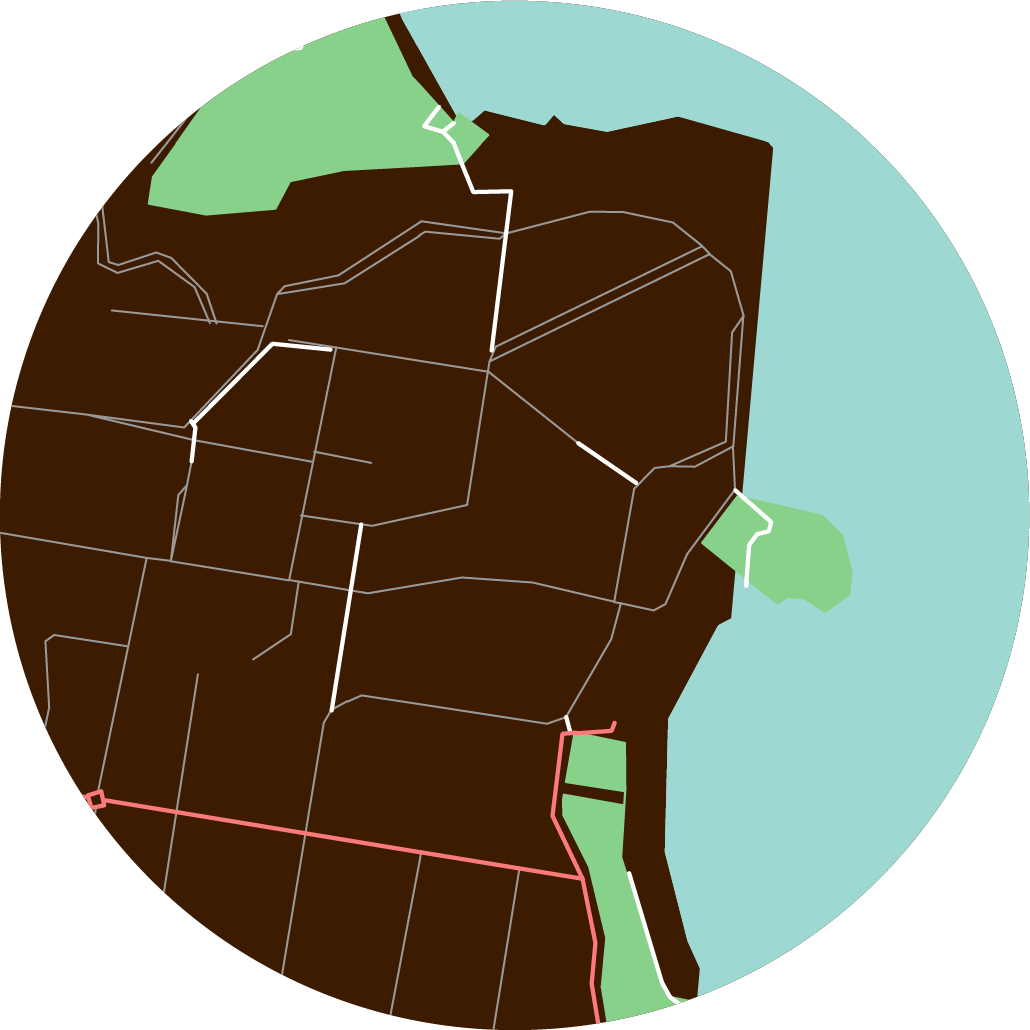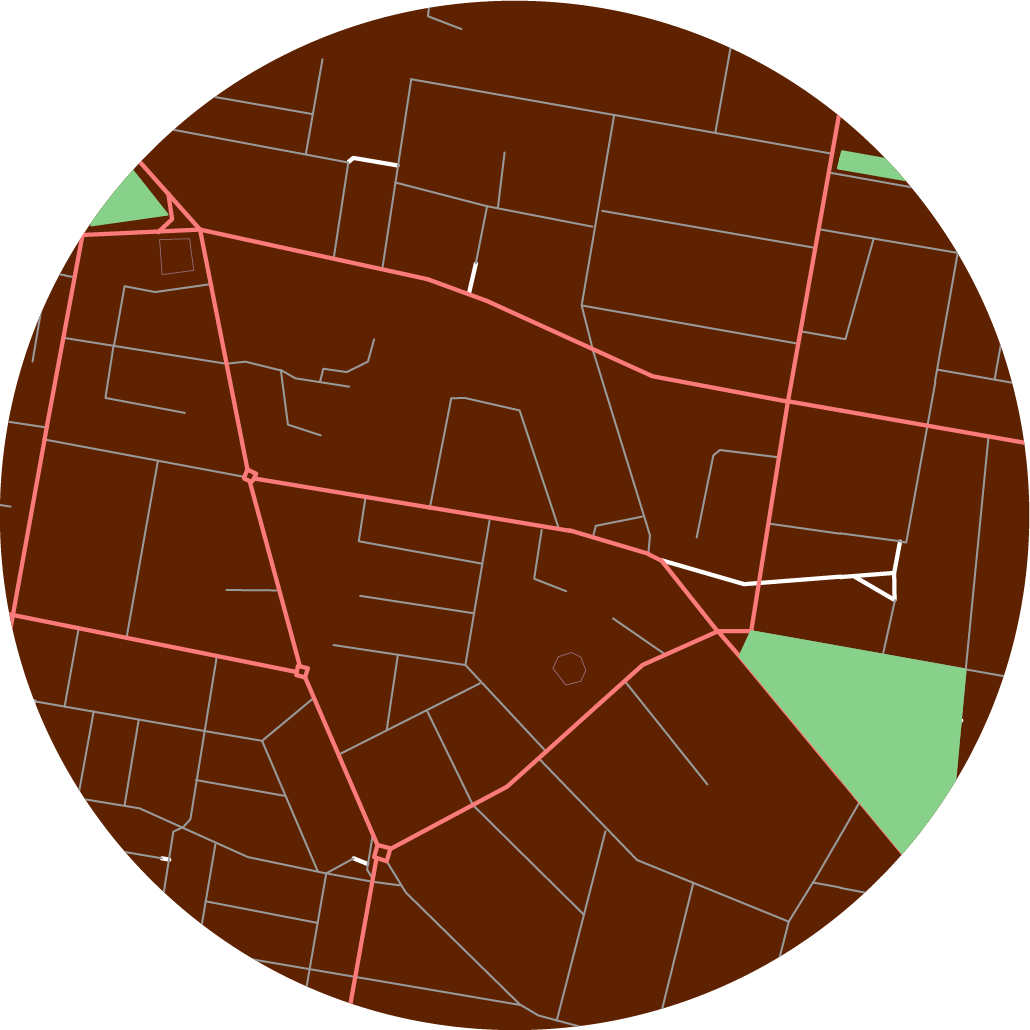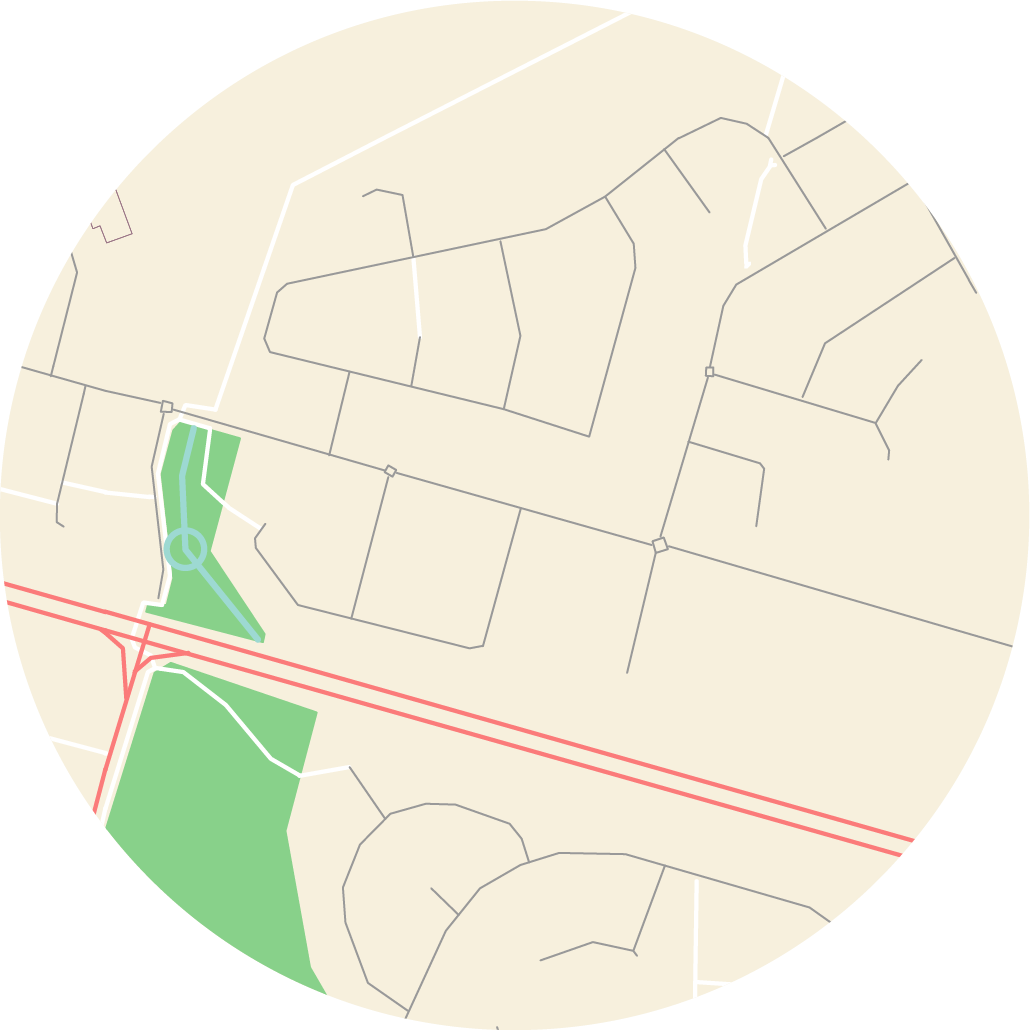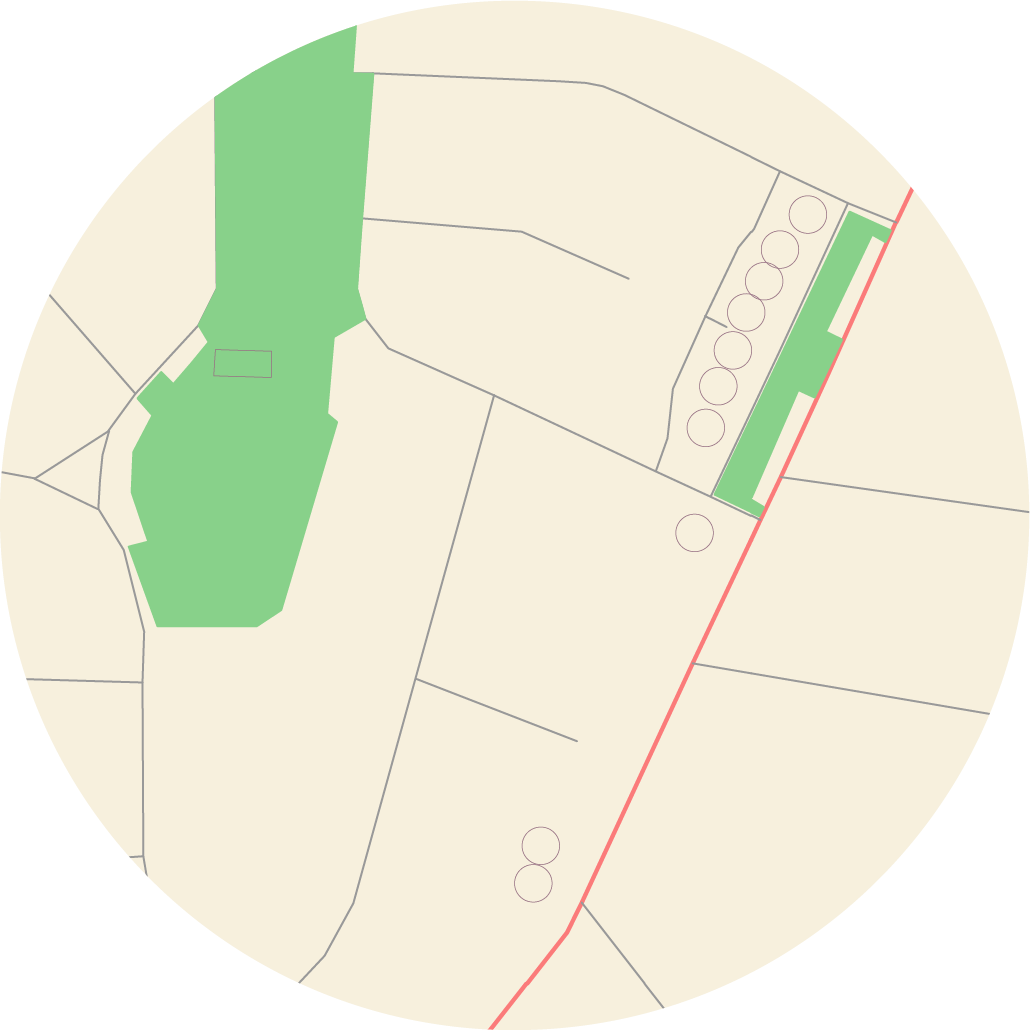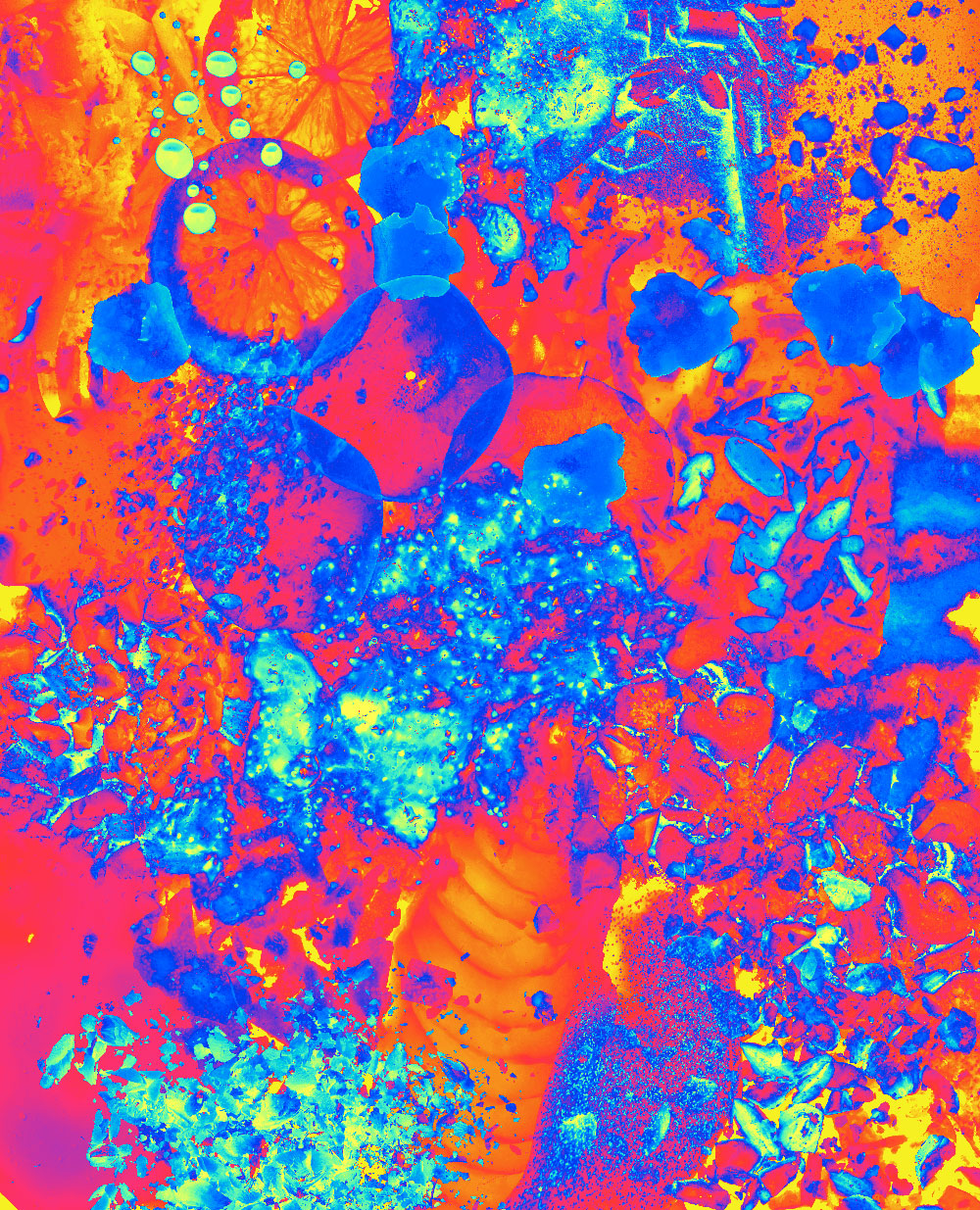OUR PROCESS
How we translated census data into chocolate
At Small Multiples, our day-to-day work involves interpreting data and communicating complex ideas, through a predominantly online and digital medium. The world is filled with information that is traditionally conveyed through sounds and visuals, but we wanted to try exploring data through other senses such as touch, taste and smell to see how consumers would respond.
It was only natural to choose chocolate as the information carrier for our experiment - after all, who doesn’t love chocolate?



